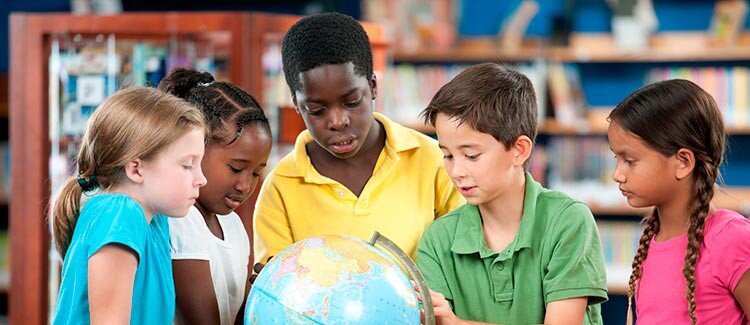How to generate deeper learning with instructional conversations
Guest Contributor: David Brazer
Did you know that instructional conversations that elicit student talk accelerate student achievement, especially for English learners? Sometimes teachers talk a great deal in the presence of ELs and other special needs students because they are concerned about content “coverage” or student behavior. There are some simple steps you can take to help all students talk more to learn more.
A step-by-step guide to instructional conversations
An instructional conversation takes place through multiple, sequenced discussion moves. What matters most is that the conversation builds from simple to complex to encourage student participation and deepen learning. Here are three moves you might try in an upper-elementary social studies lesson that could be adapted and modified to fit any classroom or content:
1. “Talk with a partner about how your family came to live in your neighborhood.”
This prompt opens up student experience as a foundation for discussion and a motivator. Rather than have students “report out,” build on the knowledge and experience students accessed in pairs for the small group work that follows.
2. “In groups of four, describe to each other: (1) where your family shops for groceries, (2) where your parents go during the day (stay home, work location, etc.), and (3) where you go after school. After everyone has shared, identify common advantages and disadvantages of your group’s neighborhoods.”
This group discussion supports thinking more deeply about students’ social and economic settings. Students are now prepared for the heaviest lift of the discussion. They will apply their experience and prior instruction to an analysis of their own situation. Addressing this question as a whole group helps spotlight students individually, maximizes whole-class learning from the first two stages, and gives feedback to the teacher on how much students have learned.
3. “As a whole class, I would like to extend our conversation to learn how you would apply what we have figured out from reading about consumers and producers to how your family lives in your neighborhood. If you need help remembering details let me know. Here is my big question: How does your family benefit from its consumption and its production?”
The intent of this whole class discussion is to help students discover how they and their families fit into a socio-economic system. It could surface some profound issues regarding equity and opportunity. Follow-ups and prompts would naturally occur during the whole group discussion.
Our example here is very specific so that it is vivid and easily understood. We encourage you to use the example to stimulate your creativity as you structure instructional conversations for your own classroom.


